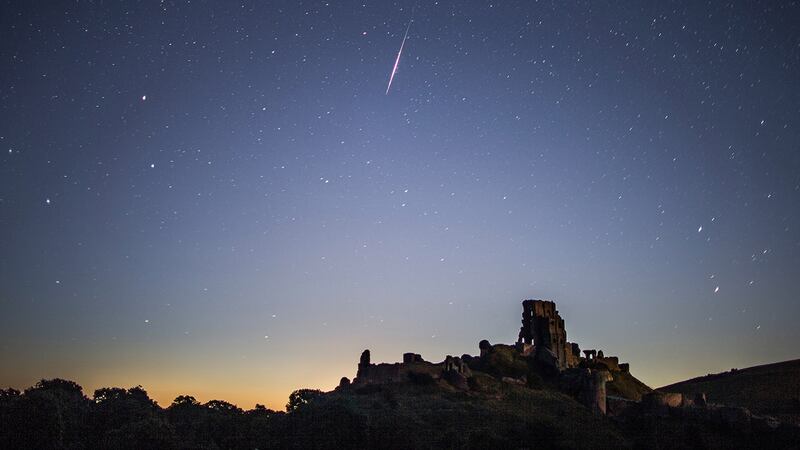The Perseid meteor shower, which occurs every August due to debris left behind from Comet Swift-Tuttle, is almost here.
According to experts at Space.com, the shower will peak during overnight hours as Aug. 11 turns into Aug. 12 and again overnight Aug. 12 to 13. While both shows will be magical, the latter may be just a little better, NASA meteor expert Bill Cooke told Space.com.
TRENDING NOW:
- Tampa 4-year-old left to drown in river was screaming as mom carried her into water, cops say
- Man, woman shot in Giant Eagle parking lot, officials say
- Homeless, quadriplegic veteran living outside VA hospital struggles to get health care
- VIDEO: Security, bag checks in place at Point State Park for EQT Three Rivers Regatta
At its peak, meteors will race at rates of about 60 to 70 meteors per hour, up from last year’s rate (40 to 50 per hour), but not as glamorous as it was in 2016, when 150 to 200 meteors per hour streaked across the nighttime skies.
The best meteor shower of the year is almost here! Here’s how and when to watch the #Perseids ✨ pic.twitter.com/RxIvLYwPfj
— NASA JPL (@NASAJPL) August 1, 2018
"This year, the moon will be near new moon. It will be a crescent, which means it will set before the Perseid show gets underway after midnight," Cooke said. "The moon is very favorable for the Perseids this year, and that'll make the Perseids probably the best shower of 2018 for people who want to go out and view it."
When to see the Perseid meteor shower
You’ll be able to catch the popular meteor shower as Earth passes through the path of Comet Swift-Tuttle (July 17 to Aug. 24), but if you want the best views, it’s all about catching it at peak time. And according to Astronomy magazine and NASA’s Bill Cooke:,the predawn hours of August 13 will be ideal.
Where to see the Perseid meteor shower
The Northern Hemisphere down to the mid-southern latitudes is prime real estate for this year's show, Space.com reported.
Thanks to Active Junky, a sister site of Space.com, even city dwellers can get in on the fun, despite all the light pollution.
Cox Media Group







